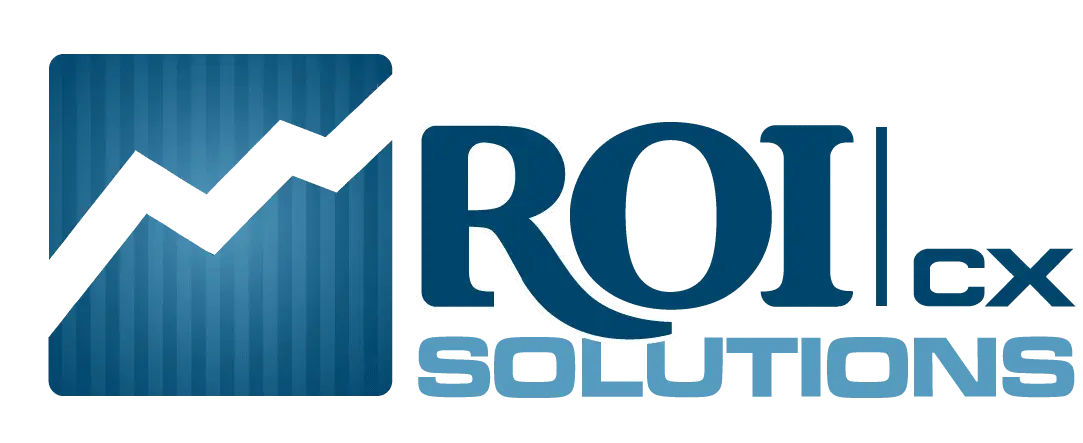10 Dos and Don’ts of Call Center Quality Assurance
You know call center quality assurance is important—but is your quality assurance plan working? And what is quality assurance in a call center, really?
Before you dive into a total overhaul of your quality parameters, let’s discuss the definition of quality assurance and learn more about best practices. By doing some research and being thoughtful about how you move forward, you’ll be able to better serve your customers and build lasting customer loyalty.
What Is Quality Assurance in a Call Center?
The most successful call centers incorporate some level of call center quality assurance training and metrics. This process gives companies a way to measure whether or not their customer service efforts are meeting their goals.
Quality assurance involves collecting data, analyzing that data, then finding ways to improve. It’s a cycle that’s a recipe for an ever-improving call center, and you definitely don’t want to operate without it.
What Are the Parameters of Quality in BPO Services?
Let’s check some of the common metrics business process outsourcing (BPO) call centers use to assess their quality of service:
First Call Resolution (FCR): This tracks the instances in which the call center agent was able to resolve customer issues in one call or whether they needed a follow-up.
Average Speed of Answering (ASA): The average time it takes for the call center to answer incoming calls.
Average Handle Time (AHT): The average time it takes for a call to finish.
Customer Satisfaction (CSAT) & Customer Effort Score (CES): These respectively measure how satisfied the customer was after a call and how much effort they felt the customer service representative made to resolve their problems during the call.
Why Is QA Important in a Call Center?
An effective quality assurance process makes for more efficient, engaged agents, happier customers, and all-around higher-quality customer service. When your agents are better at their jobs, you’ll save money and be able to help more customers, which will ultimately increase your bottom line.
Dos and Don’ts of Call Center Quality Assurance
You’re convinced it’s time to take your call center quality to the next level, but you’re not sure where to start. Here are some best practices to keep in mind as you move forward.
1. Do Create a Scorecard
Scorecards are the building blocks of any great call center quality assurance process. These evaluation forms should cover a balance of compliance, process, and customer service in order to capture the whole of what’s going on during each customer interaction.
2. Do Determine Meaningful Metrics
When you’re measuring the wrong thing, you’re actually just wasting your valuable time and energy that could be put toward other aspects of growing your business. So make sure the metrics you choose are meaningful and are really telling you something about agent performance.
3. Do Adopt Cloud Services
It’s more important than ever to stay agile and adaptable when it comes to how you store your data. Today, cloud services are the most scalable, secure method for getting real-time quality assurance data and the tools needed to take your business to new heights.
4. Do Appoint Someone to Oversee Quality Assurance
Without a designated person overseeing quality assurance, it may fall through the cracks. Make sure you stay on top of your call center quality assurance scorecards, trainings, and other moving parts by appointing one person to manage them all.
5. Do Review the Best Customer Interactions
Call center quality assurance is about more than figuring out what you’re doing wrong. Instead, flip the script and look for what your agents are doing right. Tout the best customer interactions and praise those agents who really shine.
6. Do Utilize Surveys
Customer service surveys go hand-in-hand with call center quality assurance metrics and reporting. Take advantage of this qualitative data, using customer input to guide you as you improve your practices.
7. Don’t Forget to Train Agents on Standards
If you’re going to all the effort to create programs and processes, don’t forget to put it all to use. Your agents need to be clued in to the new standards and metrics so they can adjust their behaviors accordingly.
8. Don’t Use Spreadsheets
Technology is changing at a rapid rate, and if you’re still using spreadsheets to organize and track data, you’re living in the past. Choose a monitoring platform to get better reports and more accurate data analysis.
9. Don’t Be Too Rigid
It’s easy to get caught up in strict measurements, but the best quality assurance takes a look at the bigger picture. Look at your customer service’s overall quality rather than narrowing in on one metric without seeing how it connects to your other workflows.
10. Don’t Leave Stakeholders Out
Your stakeholders will have valuable input when it comes to creating your quality assurance plan. Make sure to include them in the early stages of the process, and keep them updated as you re-evaluate over time.
Improve Your Customer Service Today
Sometimes your customer service still has room for improvement despite your best efforts with quality assurance. If you’re looking for a way to streamline your call center, save money, and increase efficiency, contact ROI Call Center Solutions for a free quote.
By outsourcing your call center, you’ll get a team of experts to handle quality assurance and deliver unparalleled customer service. Learn more about our services today!






